
- For PC
- For MAC
- For Linux
- OS: Windows 7 SP1/8/10 (64 bit)
- Processor: Dual-Core 2.2 GHz
- Memory: 4GB
- Video Card: DirectX 10.1 level video card: AMD Radeon 77XX / NVIDIA GeForce GTX 660. The minimum supported resolution for the game is 720p.
- Network: Broadband Internet connection
- Hard Drive: 17 GB
- OS: Windows 10/11 (64 bit)
- Processor: Intel Core i5 or Ryzen 5 3600 and better
- Memory: 16 GB and more
- Video Card: DirectX 11 level video card or higher and drivers: Nvidia GeForce 1060 and higher, Radeon RX 570 and higher
- Network: Broadband Internet connection
- Hard Drive: 95 GB
- OS: Mac OS Big Sur 11.0 or newer
- Processor: Core i5, minimum 2.2GHz (Intel Xeon is not supported)
- Memory: 6 GB
- Video Card: Intel Iris Pro 5200 (Mac), or analog from AMD/Nvidia for Mac. Minimum supported resolution for the game is 720p with Metal support.
- Network: Broadband Internet connection
- Hard Drive: 17 GB
- OS: Mac OS Big Sur 11.0 or newer
- Processor: Core i7 (Intel Xeon is not supported)
- Memory: 8 GB
- Video Card: Radeon Vega II or higher with Metal support.
- Network: Broadband Internet connection
- Hard Drive: 95 GB
- OS: Most modern 64bit Linux distributions
- Processor: Dual-Core 2.4 GHz
- Memory: 4 GB
- Video Card: NVIDIA 660 with latest proprietary drivers (not older than 6 months) / similar AMD with latest proprietary drivers (not older than 6 months; the minimum supported resolution for the game is 720p) with Vulkan support.
- Network: Broadband Internet connection
- Hard Drive: 17 GB
- OS: Ubuntu 20.04 64bit
- Processor: Intel Core i7
- Memory: 16 GB
- Video Card: NVIDIA 1060 with latest proprietary drivers (not older than 6 months) / similar AMD (Radeon RX 570) with latest proprietary drivers (not older than 6 months) with Vulkan support.
- Network: Broadband Internet connection
- Hard Drive: 95 GB
The Type 90 is a Japanese third generation main battle tank, developed in the late ‘80s as a replacement to the outdated Type 61 and Type 74. Coming with update 1.79, fans of Japanese ground vehicles may expect the arrival of the long-awaited Type 90 to the top ranking battles of War Thunder!
Development of the Type 90 began almost immediately after the introduction of the Type 74 into service, with the Japanese High Command already looking for a superior replacement. A central aspect of the new machine would have to be the ability to take on and defeat the new Soviet T-72 main battle tank. With that in mind, Japanese engineers began working on a prototype design, which would see completion in 1980. Two prototypes of this initial design were built, tested and improved upon between 1980 - 1986.
Testing resumed in 1986 with a second batch of four prototype vehicles, featuring a number of improvements over the initial two. The most significant change included the replacement of a Japanese-made 120mm smoothbore gun with the established Rheinmetall 120 L/44, most notably used by the M1A1 Abrams and Leopard 2 at the time. The decision to change the gun from a domestic one to a licence-built alternative most likely came as a measure to reduce production costs. However, unlike the MBTs of western armies, the designers of the Type 90 opted to equip the tank with an autoloading mechanism, making it the only production vehicle that did so in combination with the Rh 120 cannon. Further testing and army trials of these prototypes was conducted during the late 80s before the Japanese army formally introduced the tank into service in 1990 as the Type 90. Production of the Type 90 began in 1990 and continued until 2009, with 341 vehicles made.
In War Thunder, the Type 90 will become available to all players as a new top tier vehicle of rank VI of the Japanese ground forces tree. Bringing with it a whole host of modern upgrades over its predecessors, the Type 90 will give Japanese tankers the opportunity to experience first hand what top tier combat is all about. Developed primarily as a counter to the T-72, it was clear from the start that the Type 90 had to be well armed in order to succeed in this endeavour. Featuring a similar gun as found on the Leopard 2K already in game, future Type 90 drivers can come to expect nothing short of superb ballistic properties of this tried and tested cannon. A good cannon, backed up by an autoloading mechanism in combination with a stabilizer gives Type 90 drivers the freedom of choice when considering how to deal with the threat at hand. Whether it be picking off targets from extreme range, close quarter brawling or high-speed maneuvering engagements, the Type 90 is suited for almost all combat scenarios and can quickly adapt to sudden changes on the battlefield.
Being designed to combat some of the most advanced armored vehicles of its time meant that the Type 90 had to not only be good at taking out its target, but also reliably deal with incoming enemy fire as well. Protection of the tank in the front projection is provided by the combined armour of the turret and the hull. But it should be noted that the sector in which the special armour blocks cover the fighting compartment is very limited this is why you always need to try and keep your front facing the enemy. The side armour of the turret and hull can only provide protection against damage from the automatic cannons of small calibre and shell fragments. In the case of a penetrating shot compromising the ammo stowage located at the rear of the turret, the Type 90 is able to prevent an ammunition cook-off in a similar manner as the M1 Abrams.
Although frontal armor and cleverly employed blowout panels might save a tank from its untimely demise in case of a direct hit, they are still far less effective than avoiding getting hit in the first place. In addition, just as in Soviet tanks equipped with automatic loading mechanics, there are only three crew members in the vehicle. Fortunately for aspiring Type 90 drivers, this has been made very easy with the installation of a 1,500 horsepower engine. Despite the fact that the tank weighs just over 50 tonnes, the powerful Mitsubishi engine manages to bring the Type 90 up to a top speed of 70 km/h on roads and even manages 32 km/h in reverse. Thanks to this great mobility, Type 90 commanders not only waste next to no time getting into position, but are also able to reposition at a moment’s notice in case their location becomes compromised. Furthermore, the adjustable suspension of the Type 90, although being much more simplified than that of the Type 74, allows drivers to adapt the vehicle to uneven ground and counter some of its negative effects on gun handling, like increasing gun depression on a reverse slope, for example.
Although the Type 90 never underwent a real trial by fire in its service life, War Thunder players will have the chance to pit it against some of its contemporaries in update 1.79. Stay tuned to the news to find out more about the next upcoming update for War Thunder. Until then!
The War Thunder Team
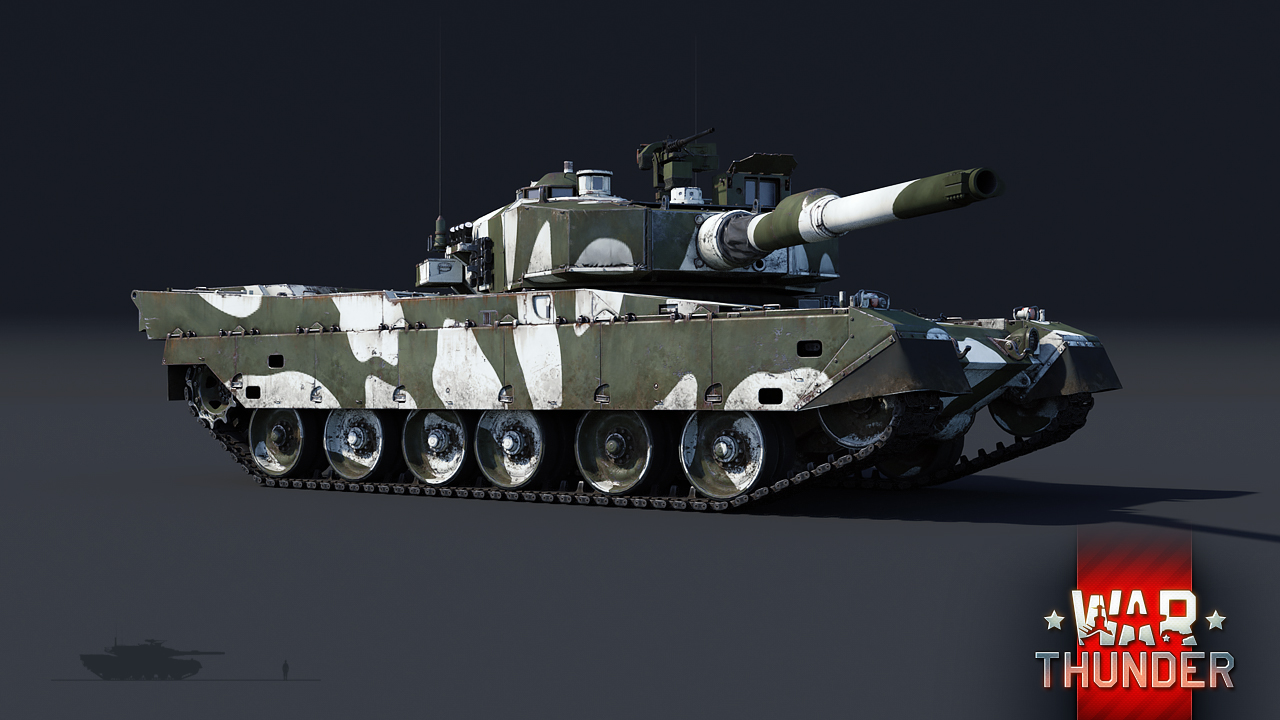
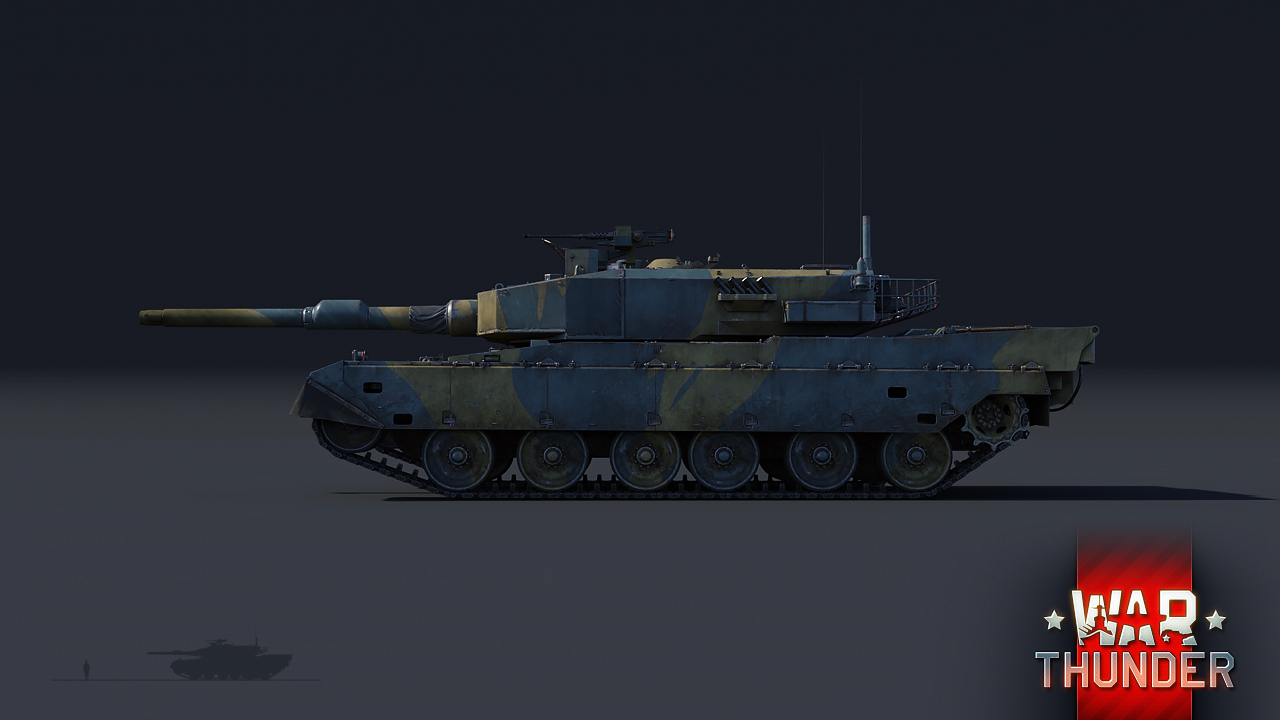
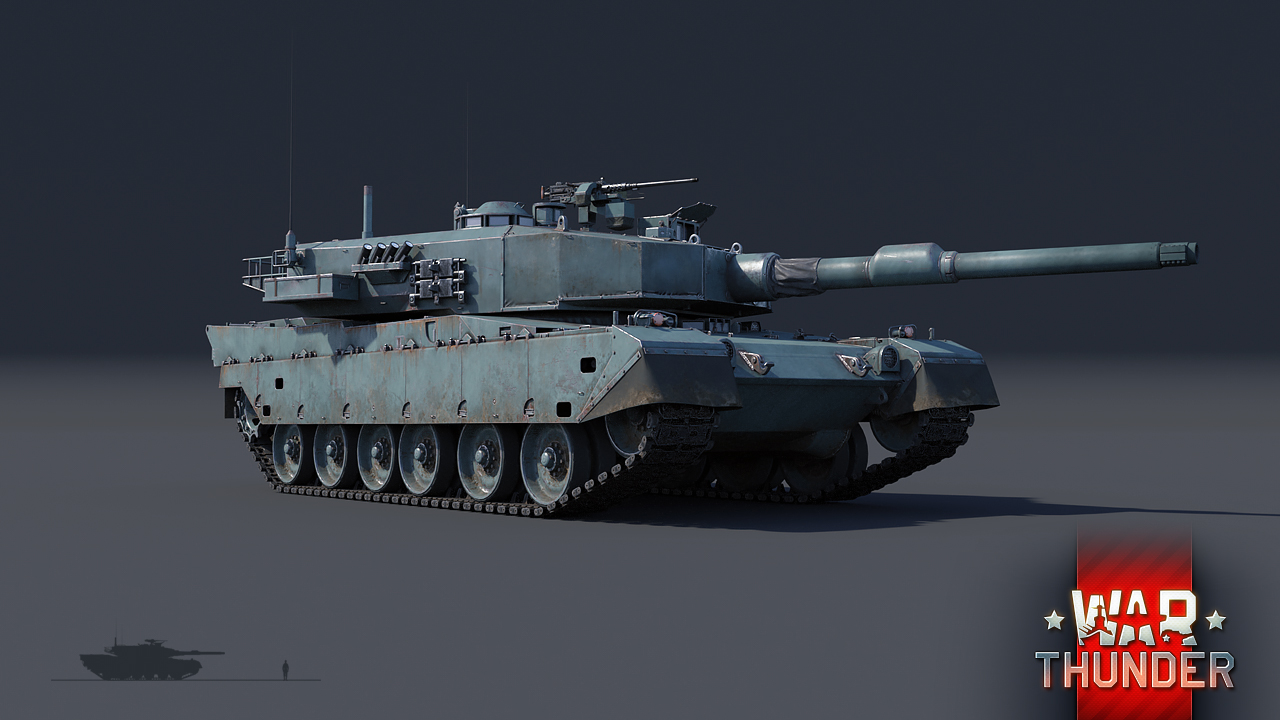
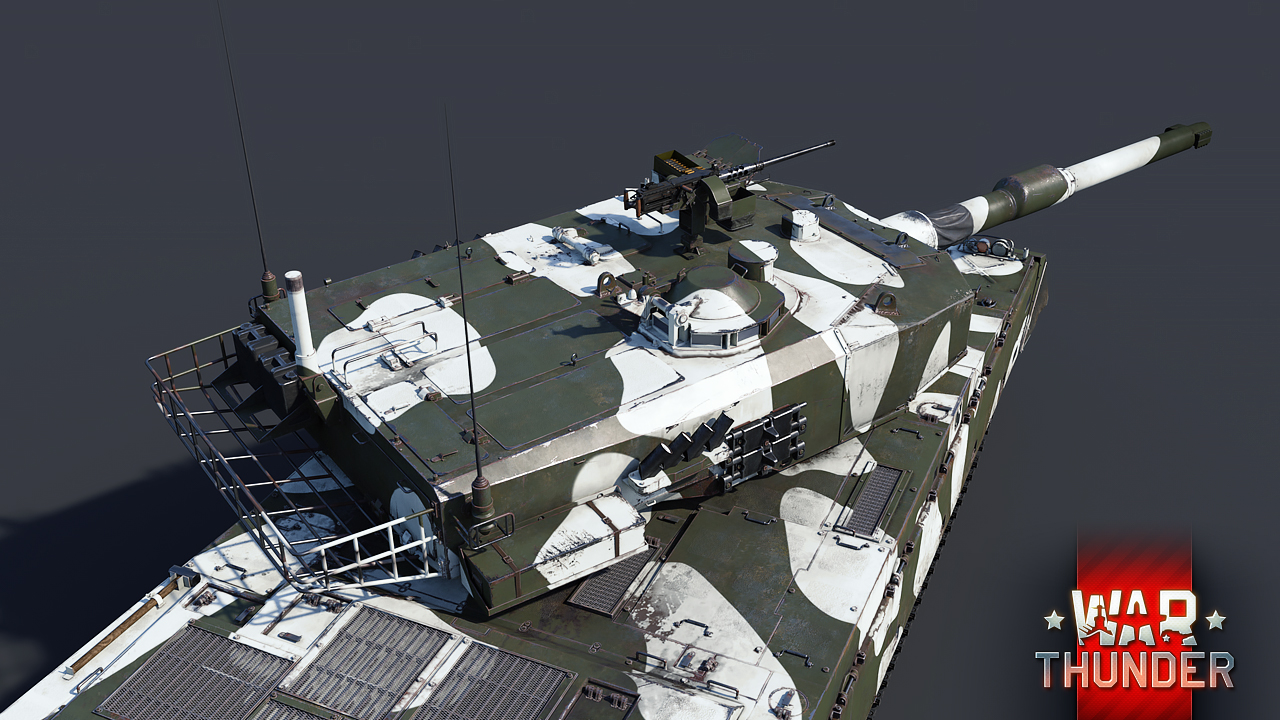
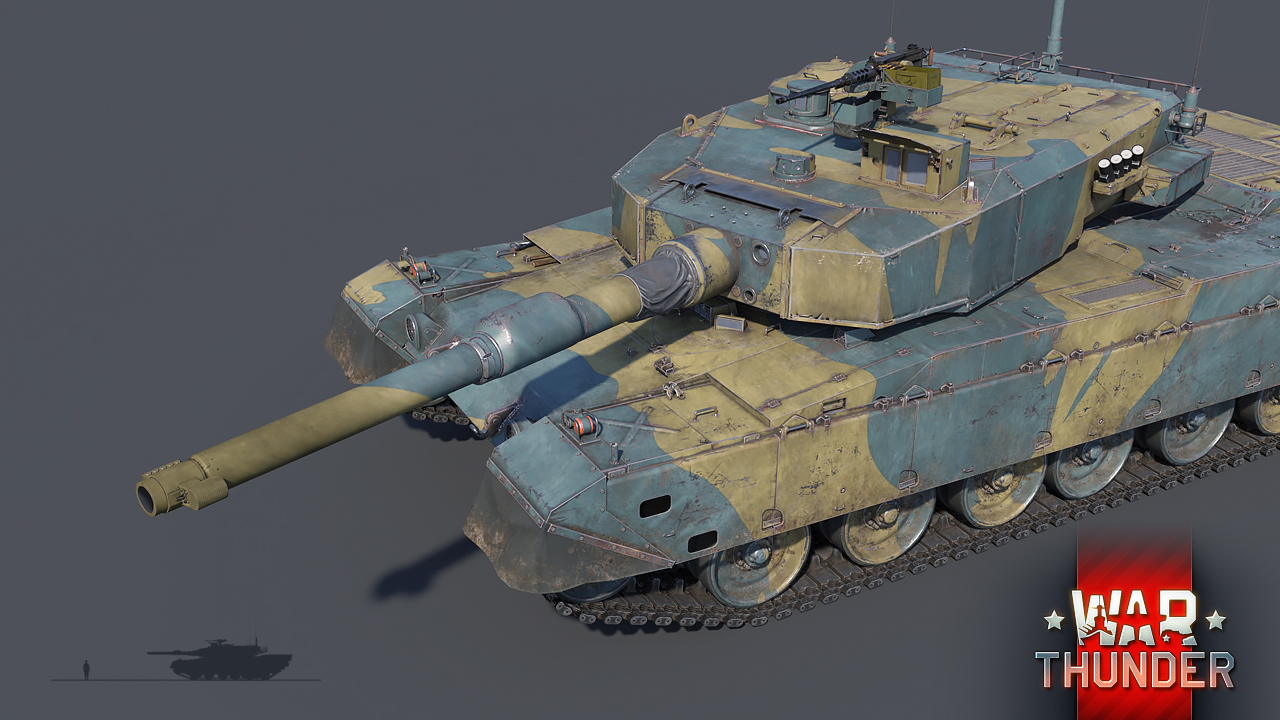
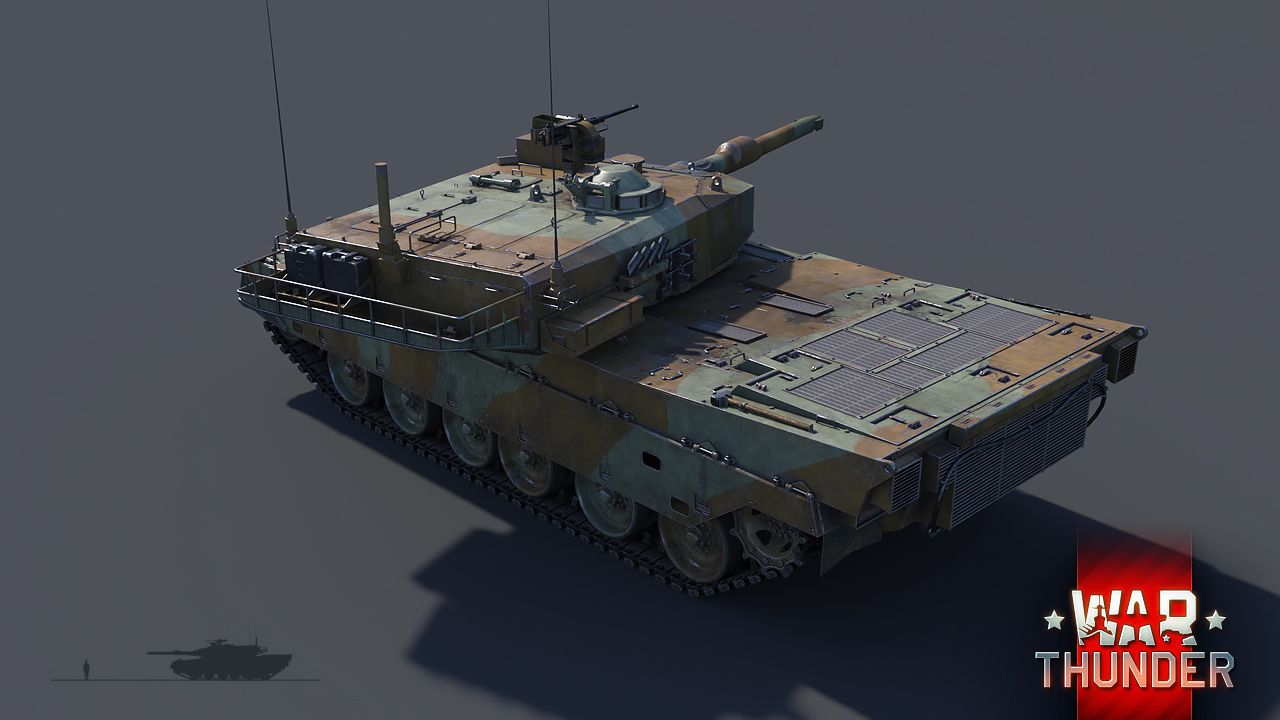
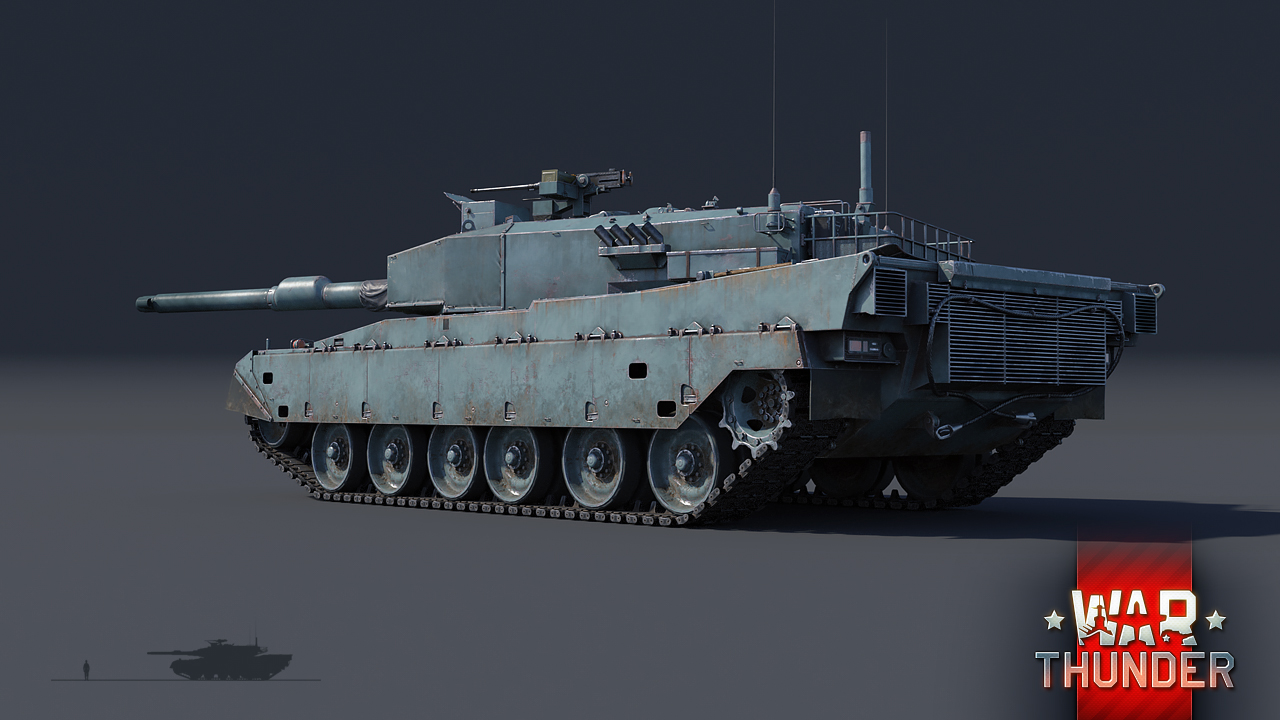





Comments (249)
Is it just me who read that "heavy hitler"?
first time I red the same xD
HAHA~! Heavy Hitler!
Maximum honour.
Very honorabru
Wiki: Modular ceramic/steel composite armour: 550mm vs KE(APFSDS), 850mm vs CE(HEAT, HE) :O
Japanese players now https://www.youtube.com/watch?v=yBLdQ1a4-JI ^^
AHHHHHHHHHh meme coming
https://youtu.be/ER-Em4WhUug
omae wa mou shindeiru
NANI ?!?
Yasuraka ni nemuru
I find fatal issue about this tank preview: paint color is absolutely wrong. According to Japan Defense Agency Formula outline of Type 90 Tank , D9003(制式要綱 90式戦車) says its default color is Dark Green(Munsell 7.5GY 3/1) and Brown(Munsel 2.5Y 3.5/1.5), but camo used in these screenshot seems its wrong. please look at this post and you can see the sources> https://live.warthunder.com/post/734948/en/
Same problem with AMX-30 french tanks, and also for post-WW2 US tanks (who were dark green and not brown). Pls Gaijin fix
This is true of many tanks in game and is nothing new. This is done intentionally so that the majority of tanks in a country's tree share the same color.
Oh God It. Has. Begun.
Oh hell yeah!
Me: https://www.youtube.com/watch?v=8VGJGXMUhmc The Avengers are NATO and the Soviets are Thanos.
That's one weird looking twin engine fighter
yeah, i would assume they are giving us the twin engine ground pounder but it really doesnt have propeller doesnt it?
We thought we had been generous enough to the Japanese Twin engines population. Time for some top tier Tonks!
*when Japan finally gets the type 90* https://www.youtube.com/watch?v=wr6H7W9Z_oE
the question is whether it'll get it's 3 second autoloader like in real life
It will give you a origami paper cut!!!
Now, how much do i have to pay to have my Toyota's 86 skin on the honorable Kyu-Maru?